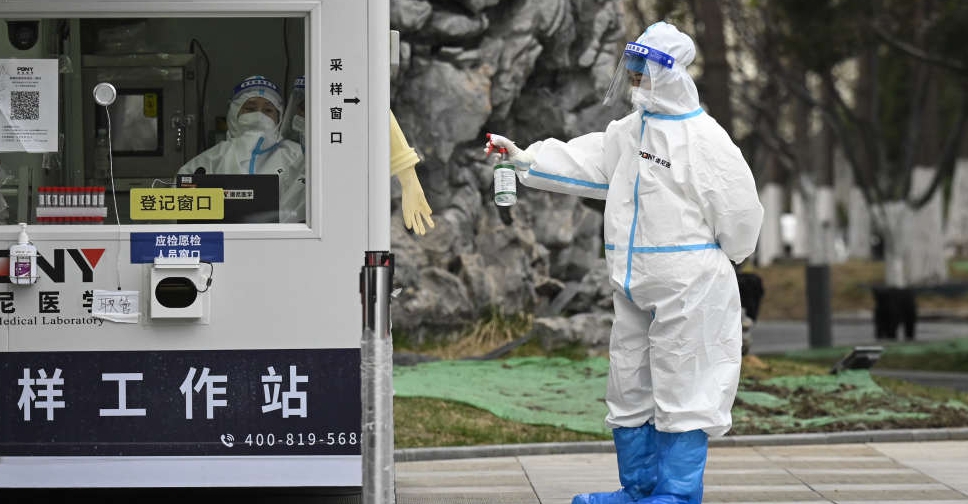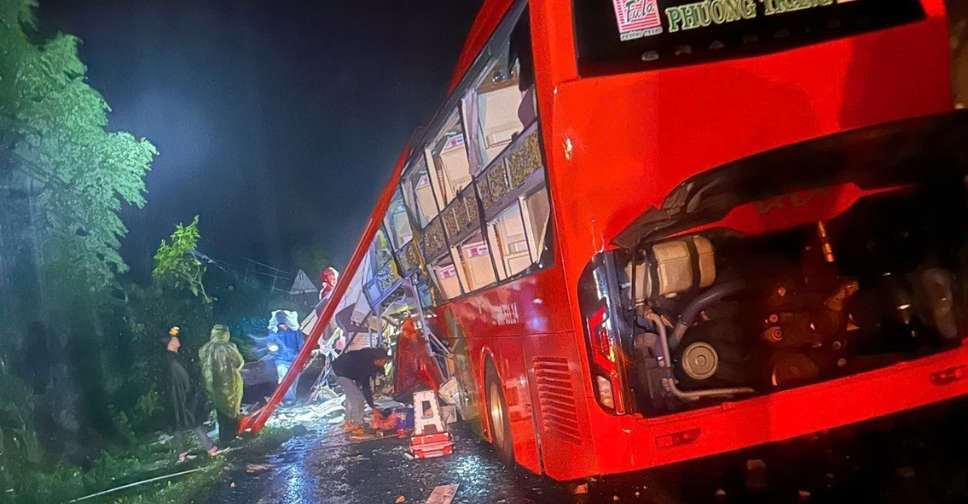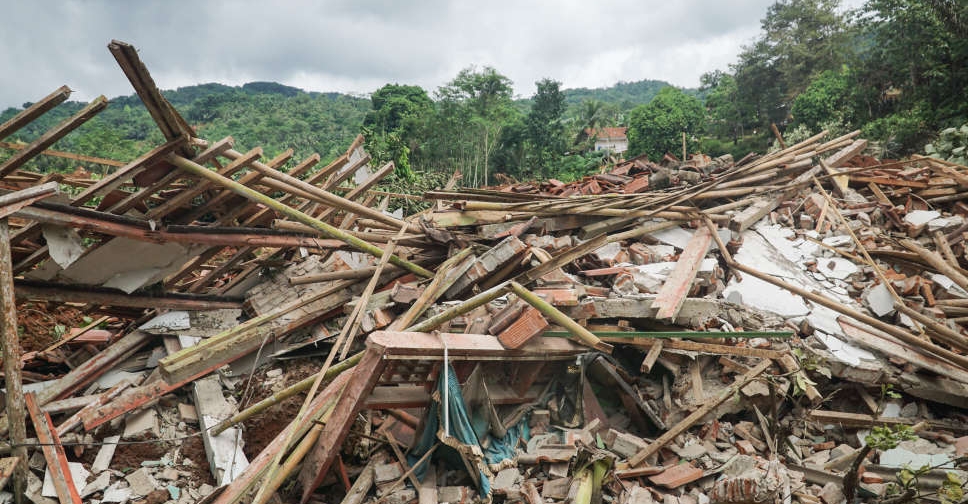
Beijing residents on Saturday cheered the removal of COVID-19 testing booths while Shenzhen said it would no longer require commuters to present test results to travel.
It's as an easing of China's virus curbs gathered pace.
Although daily cases are hovering near all-time highs, some cities are taking steps to loosen COVID-19 testing requirements and quarantine rules as China looks to make its zero-COVID policy more targeted amid a sharp economic slowdown and public frustration that has boiled over into unrest.
The southern city of Shenzhen announced it would no longer require people to show a negative COVID test result to use public transport or enter parks, following similar moves by Chengdu and Tianjin.
Many testing booths in the Chinese capital of Beijing have also been shut, as the city stops demanding negative test results as a condition to enter places such as supermarkets and prepares to do so for subways from Monday. Many other venues including offices still require testing.
Three years into the pandemic, China has been a global outlier with its zero-tolerance approach towards COVID that has seen it enforce lockdowns and frequent virus testing. It says the measures are needed to save lives and avoid overwhelming its healthcare system.
China began tweaking its approach last month, urging localities to become more targeted.
Still, the relief has also been accompanied by concerns, especially from groups who feel more exposed to the disease. Many analysts say they still don't anticipate a significant reopening until at least after March next year, citing China's needs to achieve results in a vaccination drive targeting the elderly that it just launched.
Estimates for how many deaths China could see if it pivots to a full reopening have ranged from 1.3 million to over 2 million though some researchers said the death toll could be reduced sharply if there was a focus on vaccination.
China reported 32,827 new local COVID-19 infections for Dec. 2, down from 34,772 a day earlier. As of Friday, China reported 5,233 COVID-related deaths and 331,952 cases with symptoms.




 Bangladesh's ousted PM Hasina sentenced to death for students crackdown
Bangladesh's ousted PM Hasina sentenced to death for students crackdown
 Thousands in Philippine capital hold second day of anti-graft protests
Thousands in Philippine capital hold second day of anti-graft protests
 Landslide kills 6 bus passengers in central Vietnam
Landslide kills 6 bus passengers in central Vietnam
 Landslides in Indonesia's Central Java kill at least 18; dozens missing
Landslides in Indonesia's Central Java kill at least 18; dozens missing



